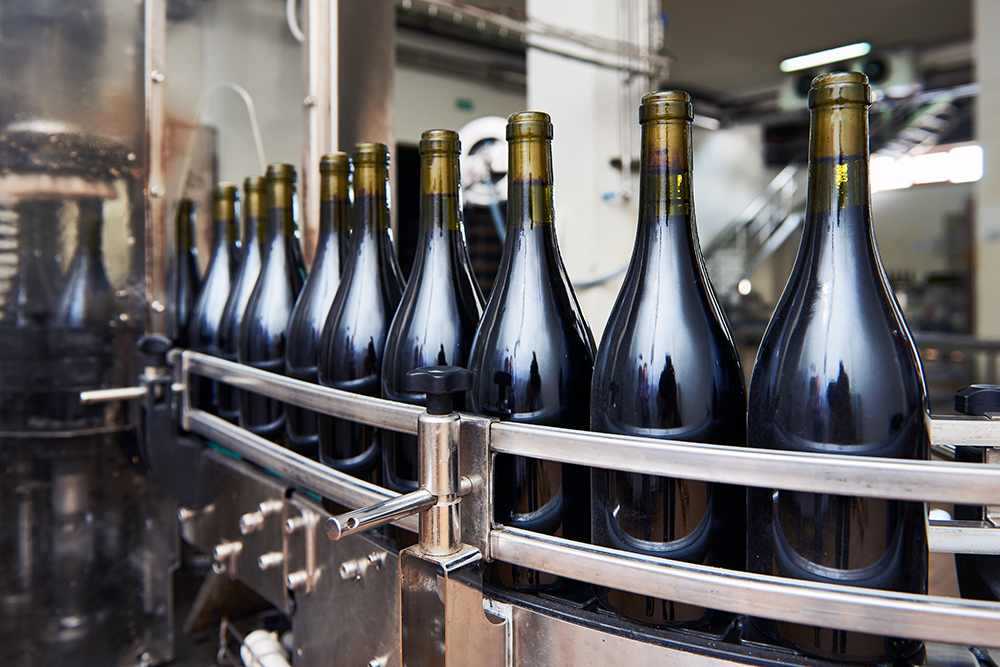Produce Tomato Cooler
Case Study
Airocide PPTTM Air Quality-ImprovementTM Systems
Airocide PPTTM photocatalytic air purifiers contain the same NASA-developed technology that is used in a variety of Airocide product lines. In addition to serving the food safety industry as well as in floral and perishable preservation Airocide technology has been developed to kill/remove/eliminate airborne pathogenic and non-pathogenic microorganisms in vegetative and spore states (bacteria, mold, fungi, viruses and dust mites), allergens, odors and harmful volatile organic compounds (VOCs) in air in a variety of commercial, government and residential market applications including the medical healthcare industry (Airocide is listed as an FDA Class II Medical Device).


Summary
A clinical study of the Airocide PPT airborne pathogen killing technology was conducted in the tomato cooler of a large produce wholesale company. The data supports the hypothesis that airborne mold and bacteria levels would be lowered after 24 hours, and lowered further after 48 hours of continuous operation of the Airocide PPT system. The results show airborne mold reduction inside the cooler of 54% in 24 hours 62% in 48 hours. Airborne bacteria in the cooler decreased 75% in 24 hours and 100 in 48 hours.
Conditions
The tomato cooler used in this study was 552 m³. The temperature in the cooler at the time of the tests was 13 °C on days 1 and 2 and 9 °C on day 3. Relative humidity ranged from 60-70% throughout the test period. Inventory levels were 60% on day 1, 40% on day 2 and 90% on day 3 of testing. A humidity control system was operating in the tomato cooler throughout the test period. All cooler doors were open during the course of the day with plastic air strips containing the environment of each individual cooler. No interruptions occurred during the times air samples were taken.
Protocol
The study was conducted during three days which exhibited normal business activity. On day 1 of testing (December 3, 2003) two (2) air samples were taken inside the tomato cooler and one (1) sample was taken in the main warehouse (outside of the tomato cooler) for comparison. These samples were taken before the Airocide PPT systems were turned on to establish a baseline. The two (2) air samples taken inside the tomato cooler were averaged to determine the overall mold and bacteria count in the cooler.
On day 2 of testing (December 4, 2003) the same three (3) samples above were taken after two Airocide systems (GCS-100) were operating in the tomato cooler for 24 hours. On day 2 of testing (December 4, 2003) the same three (3) samples above were taken after two Airocide systems (GCS-100) were operating in the tomato cooler for 48 hours. Air samples were taken with a slit air sampler (similar to the Andersen N6 sampler) on 15 x 100 mm plastic petri dishes. Each of the three (3) stations were sampled using one (1) Potato Dextrose Agar plate (mold/fungal growth media) and one (1) Rose Bengal Agar plate (bacteria growth media). All agar plates were exposed to 28.3 l/m of air for 3 minutes. All airborne mold and bacteria in this study were measured in colony forming units (CFU) per cubic meter of air. A CFU is any unit of a given organism that has the ability to multiply and form a colony or reproduce.

Results
The tables below show airborne mold reduction inside the cooler of 54% in 24 hours and 62% in 48 hours. Airborne bacteria in the cooler decreased 75% in 24 hours and 100% in 48 hours. These results are significant compared to airborne mold and bacteria levels outside the cooler which increased by 59% and 228% respectively in the same 48-hour period.


